Inside astronaut bootcamp: The 5 toughest tests that push humans to the limit
It’s not just about floating around looking cool
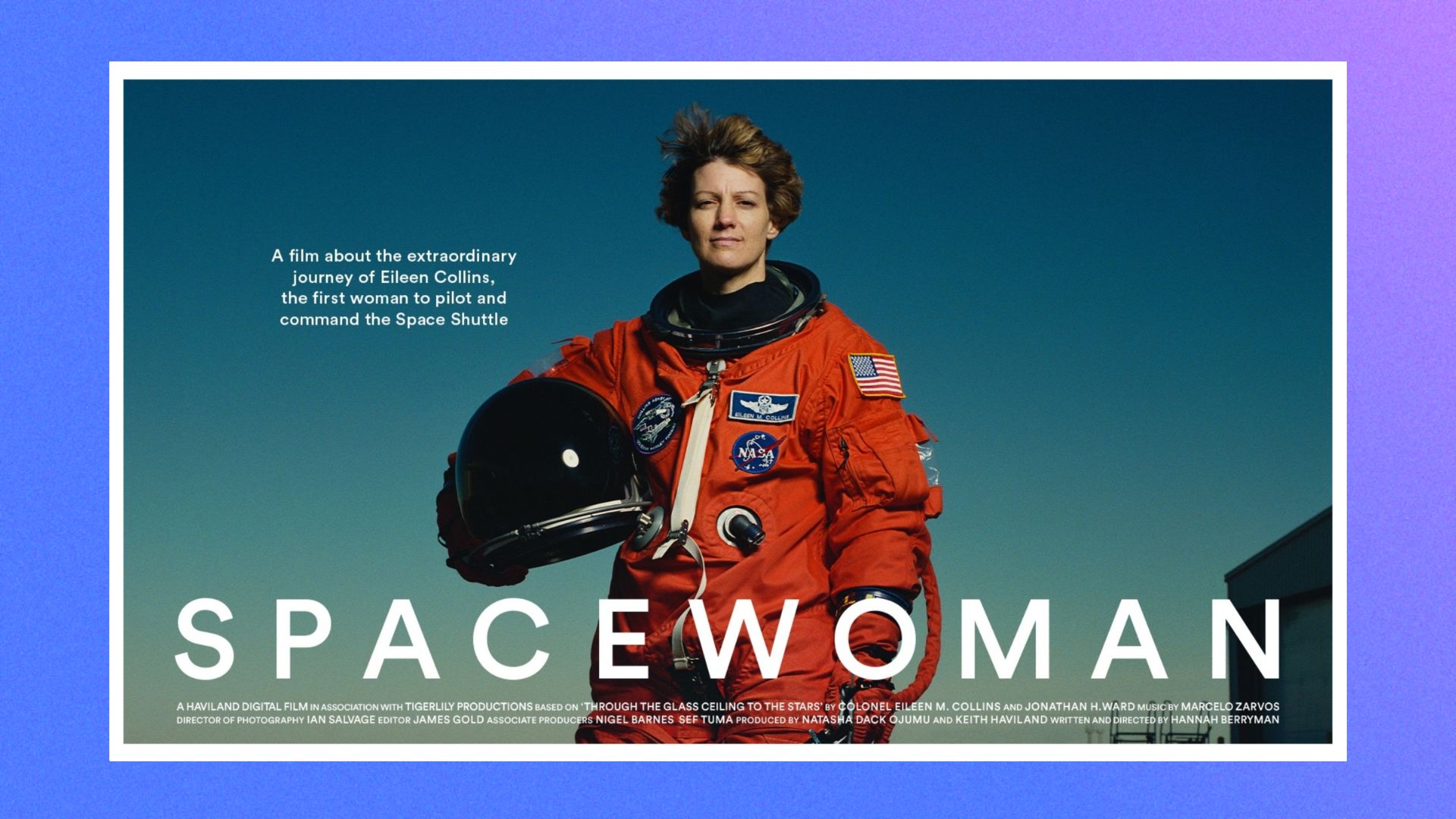
Not everyone has ‘the right stuff’ to be an astronaut. There are lots of skills to master, ranging from pilot expertise and survival training to languages and scientific theory. And who better to tell us about the toughest challenges of astronaut training than a real-life astronaut?
We spoke to former NASA astronaut Eileen Collins, a genuine trailblazer who became the very first female Space Shuttle pilot in 1995, and also went on to become the first woman to serve as Commander on the reusable space plane. Eileen visited both the retired Russian space station Mir and the International Space Station, and also led the all-important ‘return to flight’ shuttle mission following the 2003 Columbia shuttle disaster.

Eileen’s fascinating story recently hit the big screen in director Hannah Berryman’s Spacewoman, which goes behind the scenes of this ground-breaking astronaut’s stellar career.
Here’s what Eileen had to say about the toughest challenges of astronaut training…
1. Learning to fly
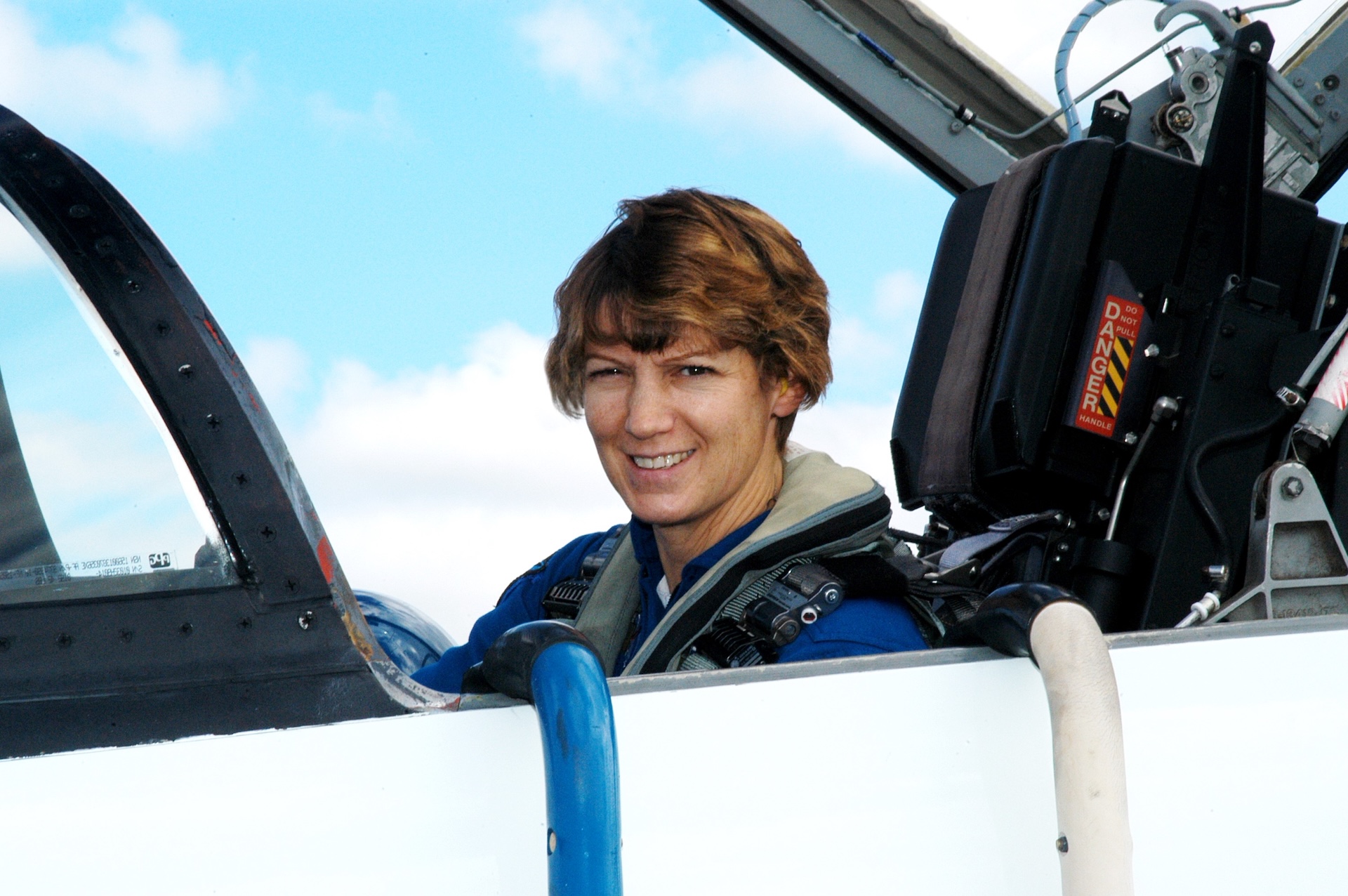
Not all astronauts are pilots — many are scientists and engineers — but having an experienced pilot on board any spacecraft is a must. But it’s not just about mastering the necessary skills to keep the plane up in the air. Astronaut candidates also have to learn to do multiple things at once.
“Flying the T-38 [a two-seater supersonic training jet] was by far my favourite part of training,” says Eileen. “As well as the hand eye coordination, you also have to think about navigation, talking on the radio, flying in a high-traffic environment, and making vital decisions quickly — all at the same time. As a pilot and trainer, I was in the front seat, with the person being trained sitting in the back. I'd let them fly, let them talk on the radio, and help get their confidence up. The training was also really important for me to keep my skills current.”
Astronauts also spend time in flight simulators on the ground, with the training team throwing in technical failures and other curveballs along the way to prepare them for anything that could go wrong in space.
Get exclusive shortlists, celebrity interviews and the best deals on the products you care about, straight to your inbox.
“The training team like to make it really challenging” says Eileen. “But I really enjoyed working as a team to try and solve problems”.
2. Training for spacewalks
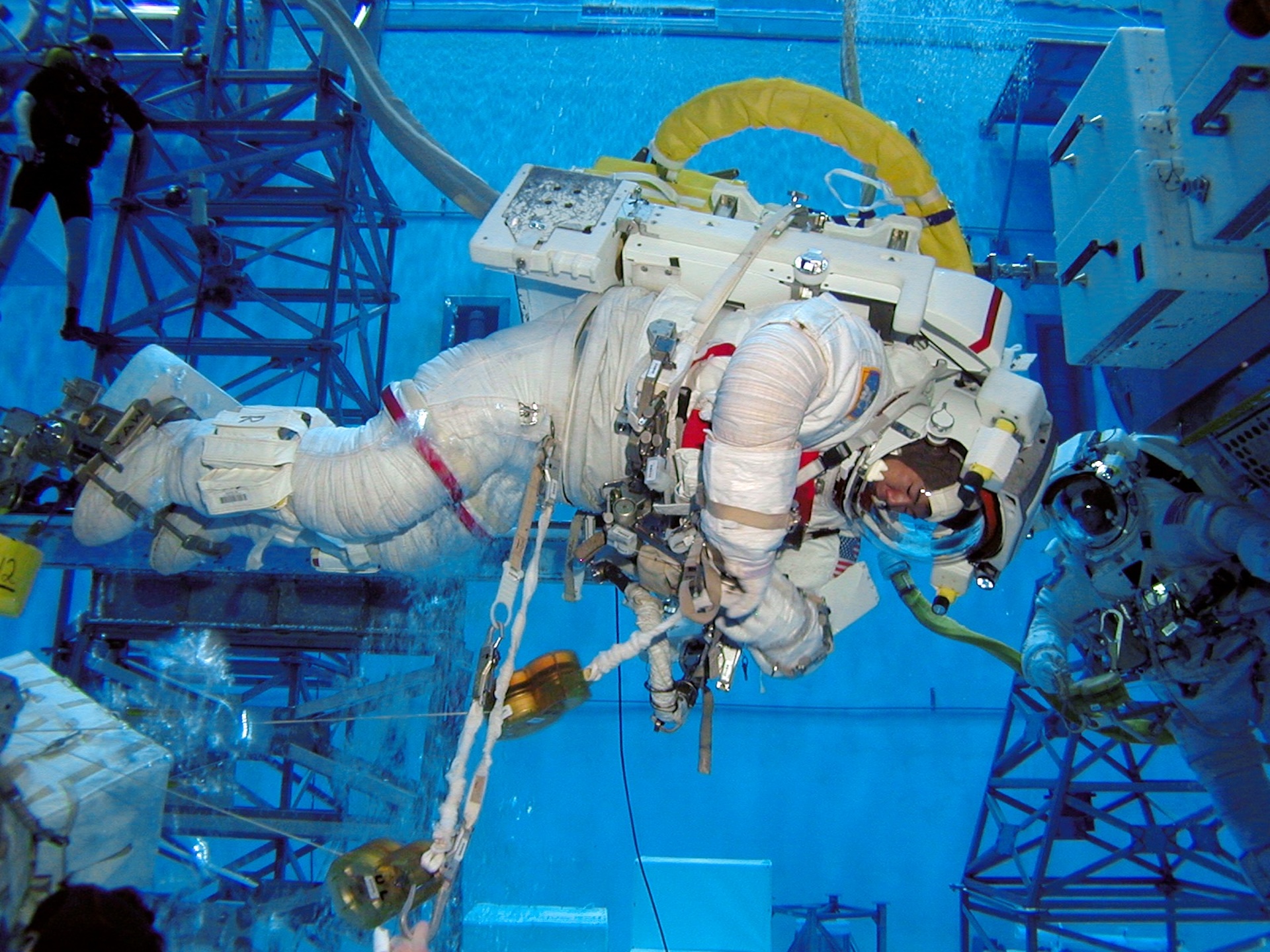
Training for spacewalks, where astronauts go outside of the spacecraft, is particularly gruelling. The freezing temperatures of space, and the strength needed to operate within the spacesuit, mean that spacewalkers need as much practice ahead of the mission as possible.
To prepare, astronauts train in the pool (or the Neutral Buoyancy Lab, as NASA calls it) on mockups of the spacecraft or space station, to give them a rough idea of what it’ll feel like in microgravity.
“Although I haven't done a spacewalk myself, I’ve been in the pool several times and I found it extremely difficult to operate in that spacesuit because it’s like hard armour. And up in space, it feels like you’re inside a balloon. It takes a lot of upper body and hand strength to move around and carry out tasks in the suit.”
3. Learning Russian
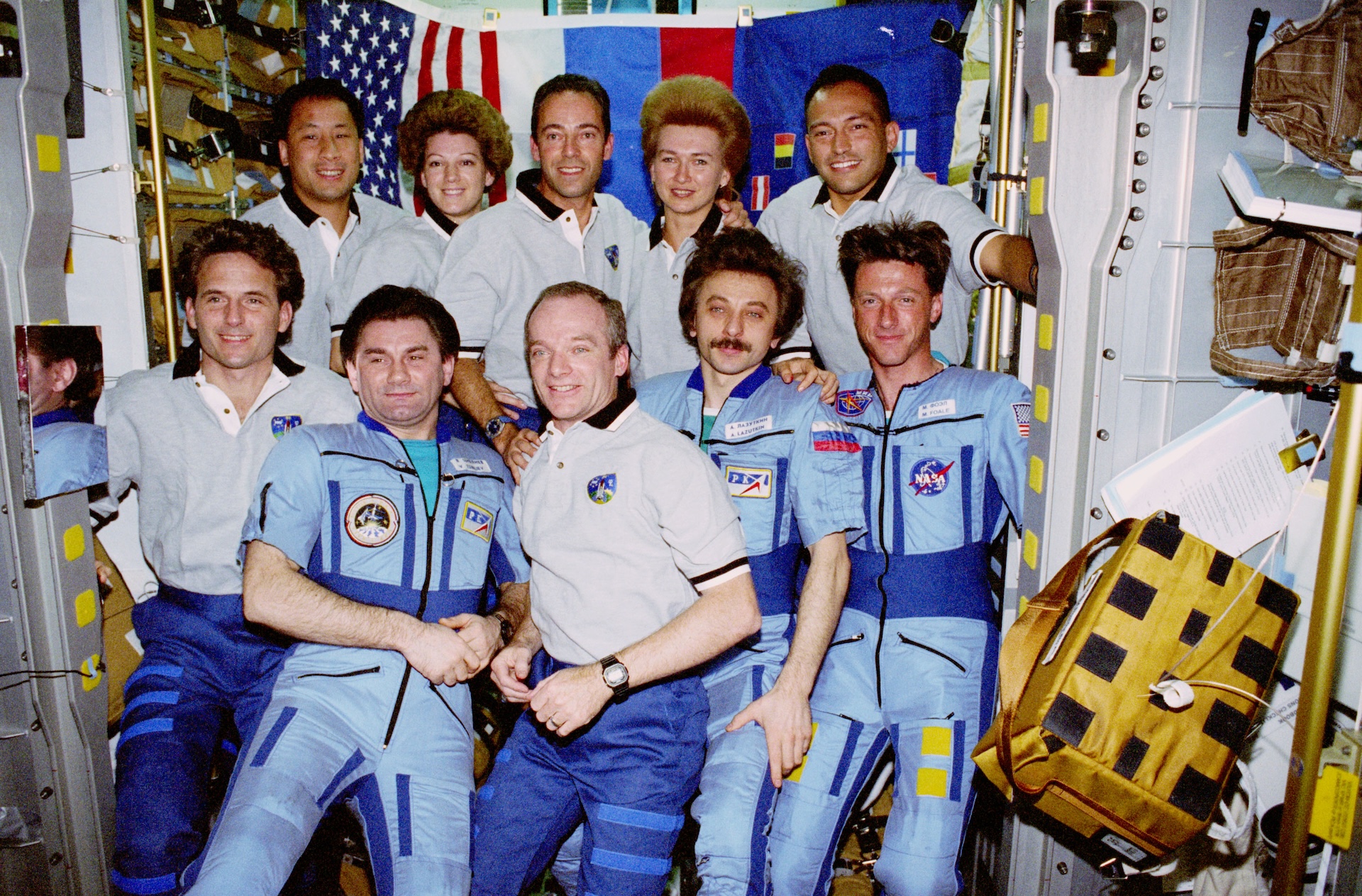
As if learning to fly a supersonic jet, getting your scuba certification, and completing your master’s degree wasn’t enough, now you have to learn a new language with a totally different alphabet. Welcome to astronaut training!
NASA has been working together with its Russian counterparts in space since the Apollo-Soyuz missions of the ‘70s, and in the ‘90s, they agreed to team up again, flying the American space shuttle to the Russian Mir space station. And in later years, the two nations, plus several others, have joined forces on the International Space Station.
That means the American astronauts, as well as all the other international astronauts, have to learn Russian. And it’s the same for cosmonauts [Russian astronauts], who learn English.
“Learning a new language when you're in your 30s or 40s can be tough,” says Eileen. “The astronauts that launched on the Russian Soyuz [after the space shuttle was mothballed] needed to have a much better understanding of the technical language to be able to quickly understand directions, and execute tasks. They spent more time training in Russia and living with the cosmonauts, so they were able to learn the language a little faster.”
4. Getting to grips with tools & scientific equipment
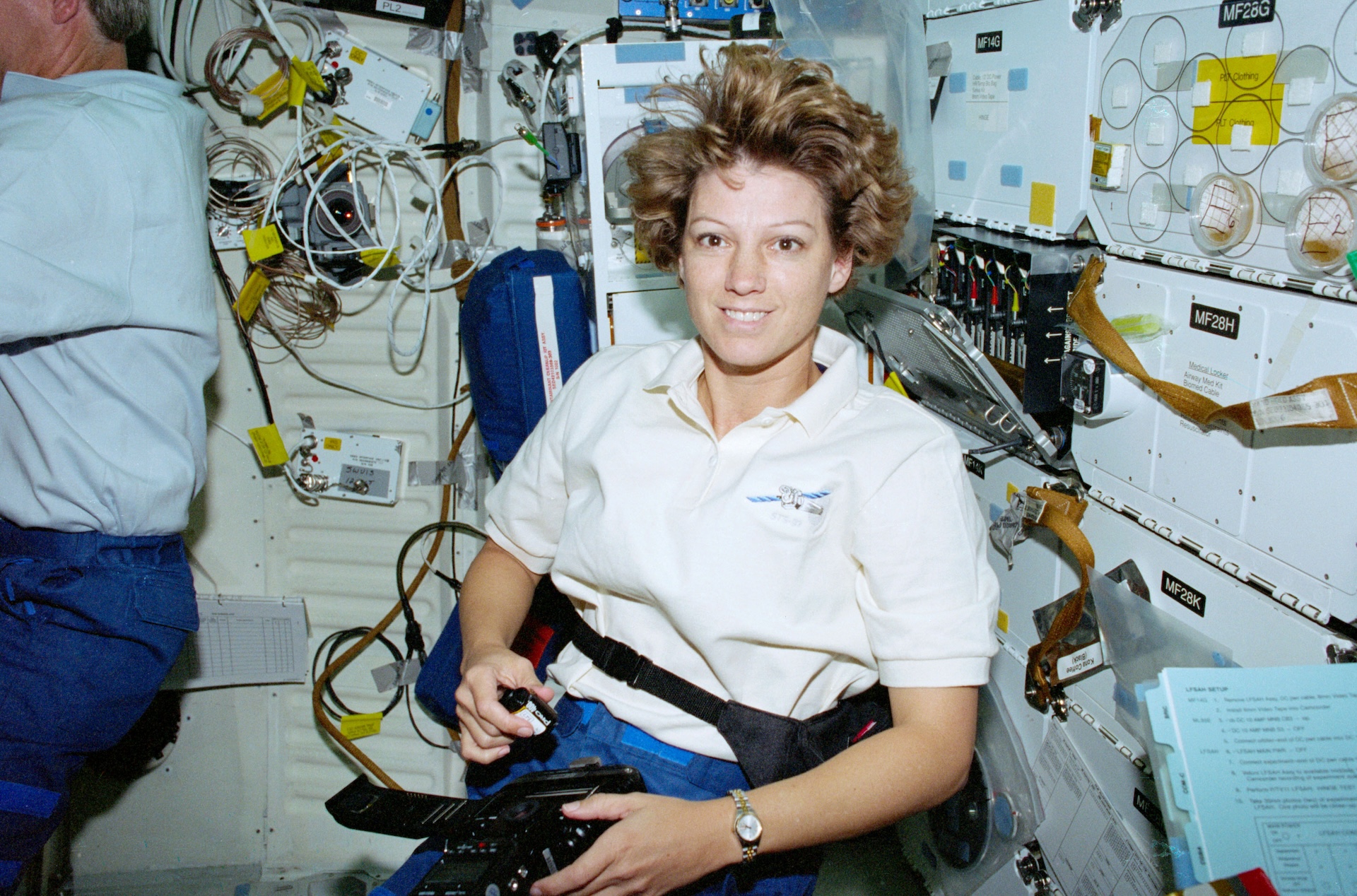
On top of that, astronauts also have to double up as scientific researchers. The International Space Station is essentially a giant Microgravity laboratory, and astronauts spend a lot of their time running multiple scientific experiments, with a big focus on how humans can safely live in space long term.
Eileen explains: “Not only does the astronaut have to learn how to execute each experiment, they also have to ask questions like, ‘What’s the purpose of the experiment?’, ‘What if something goes wrong?’, ‘What if something breaks?’, ‘How do I fix it?’, ‘What’s the theory behind it?’ Because we need to be able to explain the experiments to the public when we do interviews”.
As well as carrying out lab experiments, astronauts also have to be able to fix anything that goes wrong, because you can’t just call up a handy-person when you’re in space.
“The most difficult part for me was learning to use tools to fix mechanical and electrical equipment, which was something I hadn’t trained in before,” says Eileen. “I encourage any young people who want to be astronauts someday to learn how to use tools. Start with simple things: how to use a sewing machine, how to change a flat tyre, how to jump start a car, because knowing the basics of how to fix things is really useful in space.”
5. Mastering time management
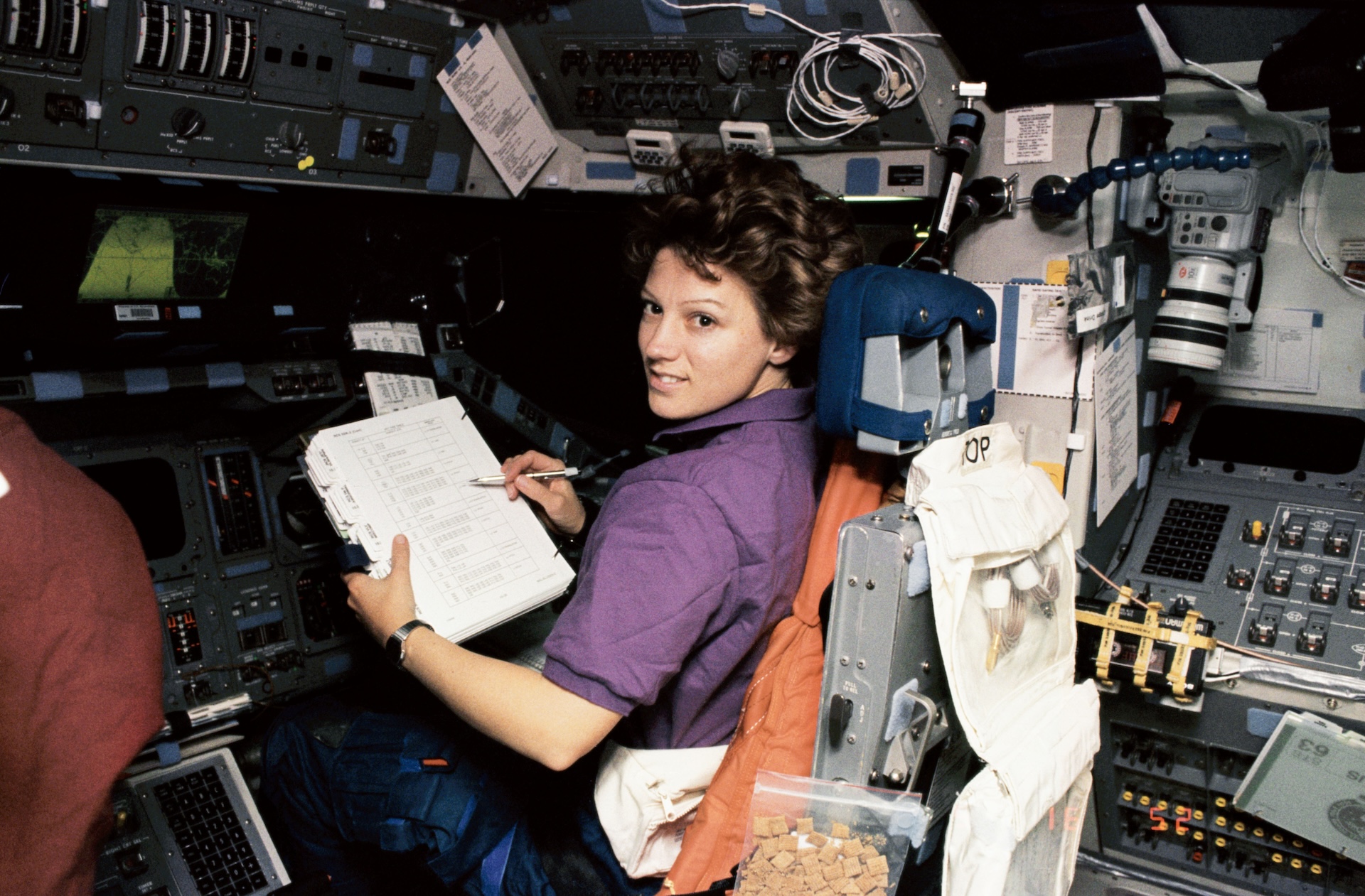
Time management might not sound like the trickiest thing to master, but we’re not talking about monitoring messages from both Slack AND email, while you also search for the unmute button on Zoom. We’re talking about flying a supersonic jet in the morning, learning about orbital mechanics in the classroom in the afternoon, while also figuring out how to run the incredibly precise scientific experiments you’ll be working on in space. There’s a lot to think about.
“An astronaut needs to be very disciplined in time management — it’s a really important skill,” says Eileen. You don’t want to be up at 2am reading emails when you’re flying the next morning. There’s no typical day for an astronaut. You have to manage your time and make sure you're well rested. And we don't want to be in a position in space where we're asked to do something that we don't know how to do. We work with mission control and our team of scientists and engineers to make sure that we’re well-trained for all of our mission objectives, and that we can handle anything that’s asked of us.”
You can check out Spacewoman, in cinemas now, with a few more screenings just announced at Curzon Bloomsbury, The Brunswick Centre, London WC1N 1AW:
- Sat 8 Nov, 18:20
- Tue 11 Nov, 15:00
- Wed 12 Nov, 18:20

Skip the search — follow Shortlist on Google News to get our best lists, news, features and reviews at the top of your feeds!
You must confirm your public display name before commenting
Please logout and then login again, you will then be prompted to enter your display name.